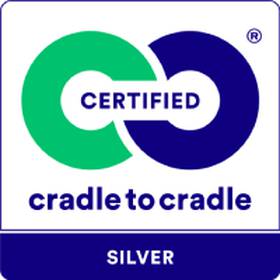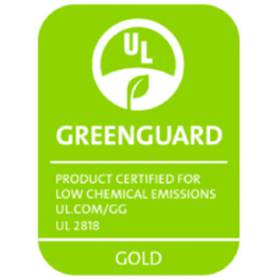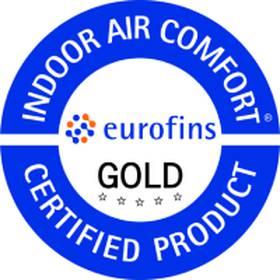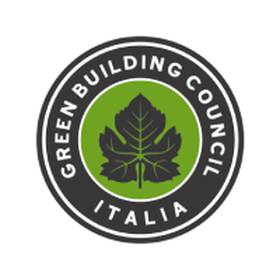What are VOCs?
VOCs, or volatile organic compounds, are chemicals that are easily released into the air even at room temperature. Unlike visible pollutants, they are not visible, making them a much greater risk to our health.
VOCs are usually associated with chemical odors, but it is worth noting that some VOCs have no odor and conversely, some odors have no negative health effects. Some common examples of VOCs you may have heard of are:
- Formaldehyde
- Benzene
- Toluene
- Acetone
- Hexane
These hazardous substances are released spontaneously from many common sources around us, including:
- Furniture and textiles
- Building materials such as insulation, carpets, linoleum and wood composites
- Office equipment such as copiers, printers and fax machines
- Cleaning products
Why you should pay attention to indoor air quality
A number of studies some time ago have reliably demonstrated a direct link between indoor air quality - specifically reduced VOC emissions - and improved cognitive performance.
For example, a study conducted at Syracuse University involved 24 volunteers, including architects, designers, programmers, engineers, creative professionals and managers, who were put to work in laboratory conditions by the study's authors in three environments simulating conditions in conventional, "green" and "green" buildings with improved ventilation. The researchers then measured cognitive function in nine functional areas, such as the ability to perform basic tasks; respond to crisis situations; find and use information; or think strategically.
The results of the study showed that participants' scores in some areas were up to 299% higher in the environment with the cleanest indoor air compared to scores in conventional conditions.
What are the implications for your workplace? Simply put - indoor air pollution costs your company money. The main reasons are as follows:
Indoor air quality has been shown to have a direct impact on the health of employees and therefore also on a company's financial performance. So investing in improving air quality can pay off twice.
How to effectively defend against VOCs and how to choose suitable materials
As volatile substances can be released from almost all materials, it is important to pay crucial attention not only to the quality of the air conditioning system, but also to the choice of the future interior furnishings, from building components, office equipment, furnishings to surfaces and floors. The quality of the latter can have a major impact, as it ultimately makes up the largest area of the interior.
Every manufacturer or supplier should provide the architect or designer with all the information on the composition of their products so that they can responsibly assess their potential health risks. The quickest and most reliable guide in this case is international certification.
Certifications that focus on minimising VOC emissions and indoor safety can be illustrated with the example of the Artigo brand. Its rubber floors are featured in large public buildings such as hospitals, airports, libraries, museums and schools, so its products are given great importance and must meet strict quality and sustainability standards.
Need advice?
Choosing low-VOC materials and products that meet strict international standards helps create healthier, safer and more productive spaces for everyone. We're happy to help you navigate the wide range and select the most suitable materials for your project.
Contact us











